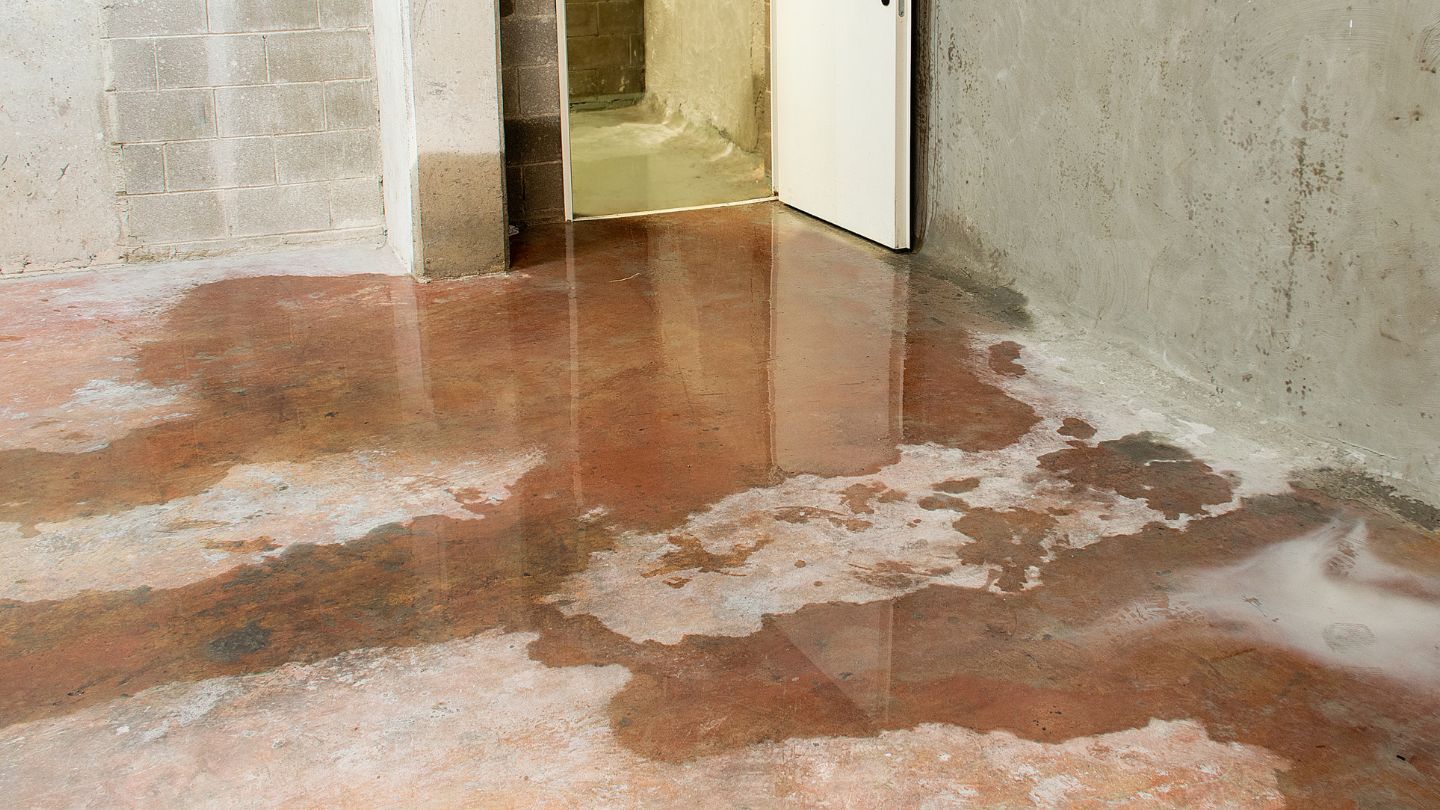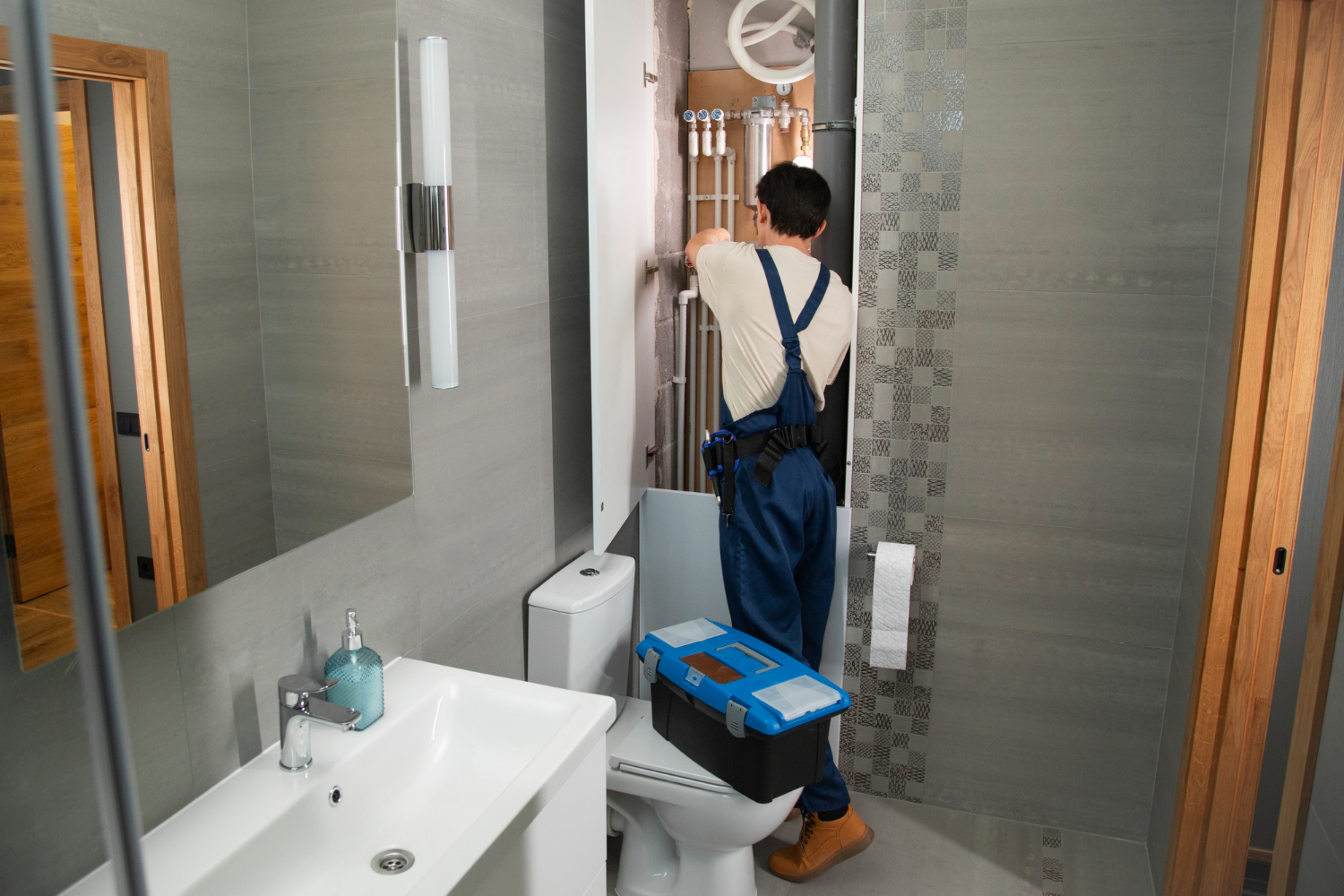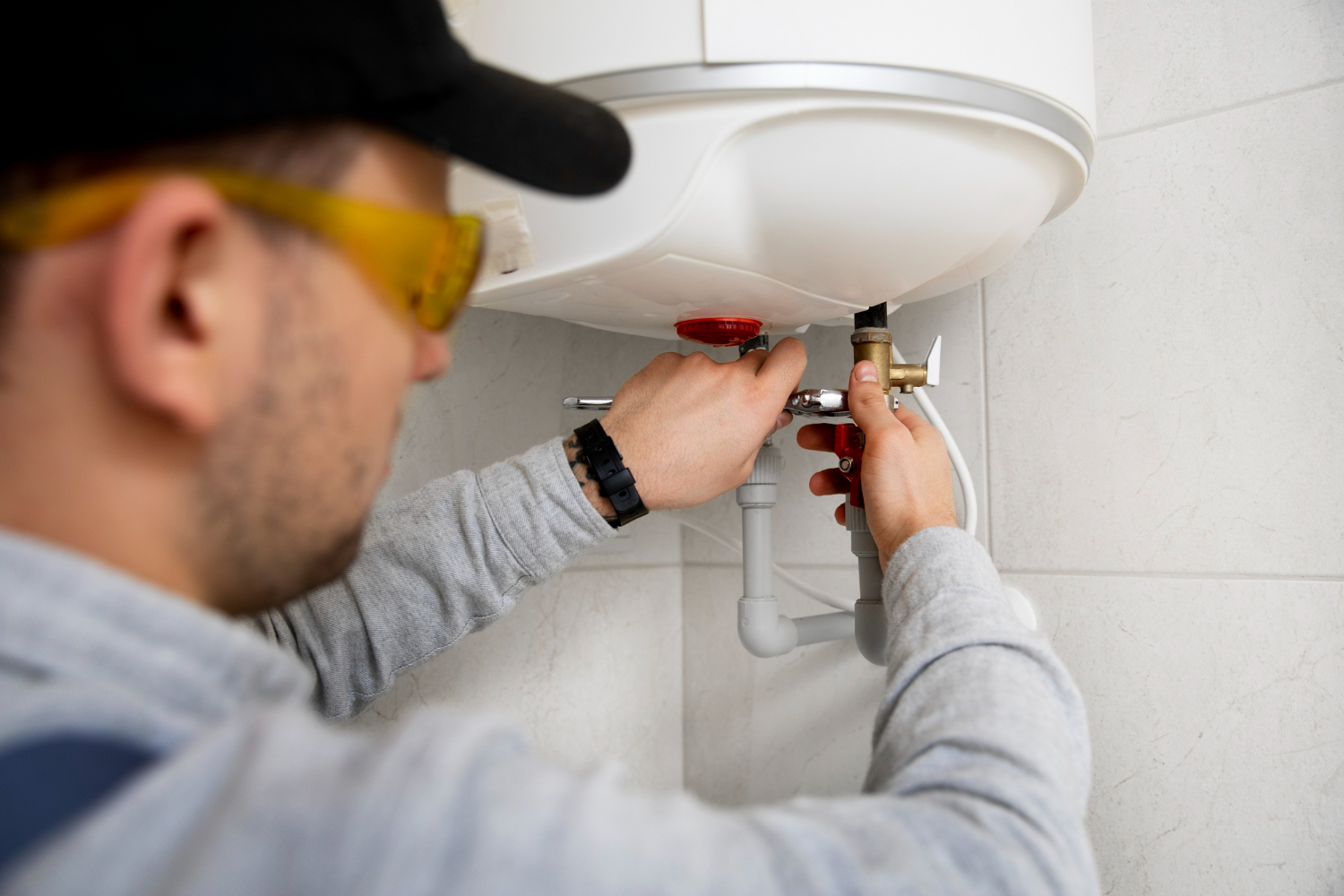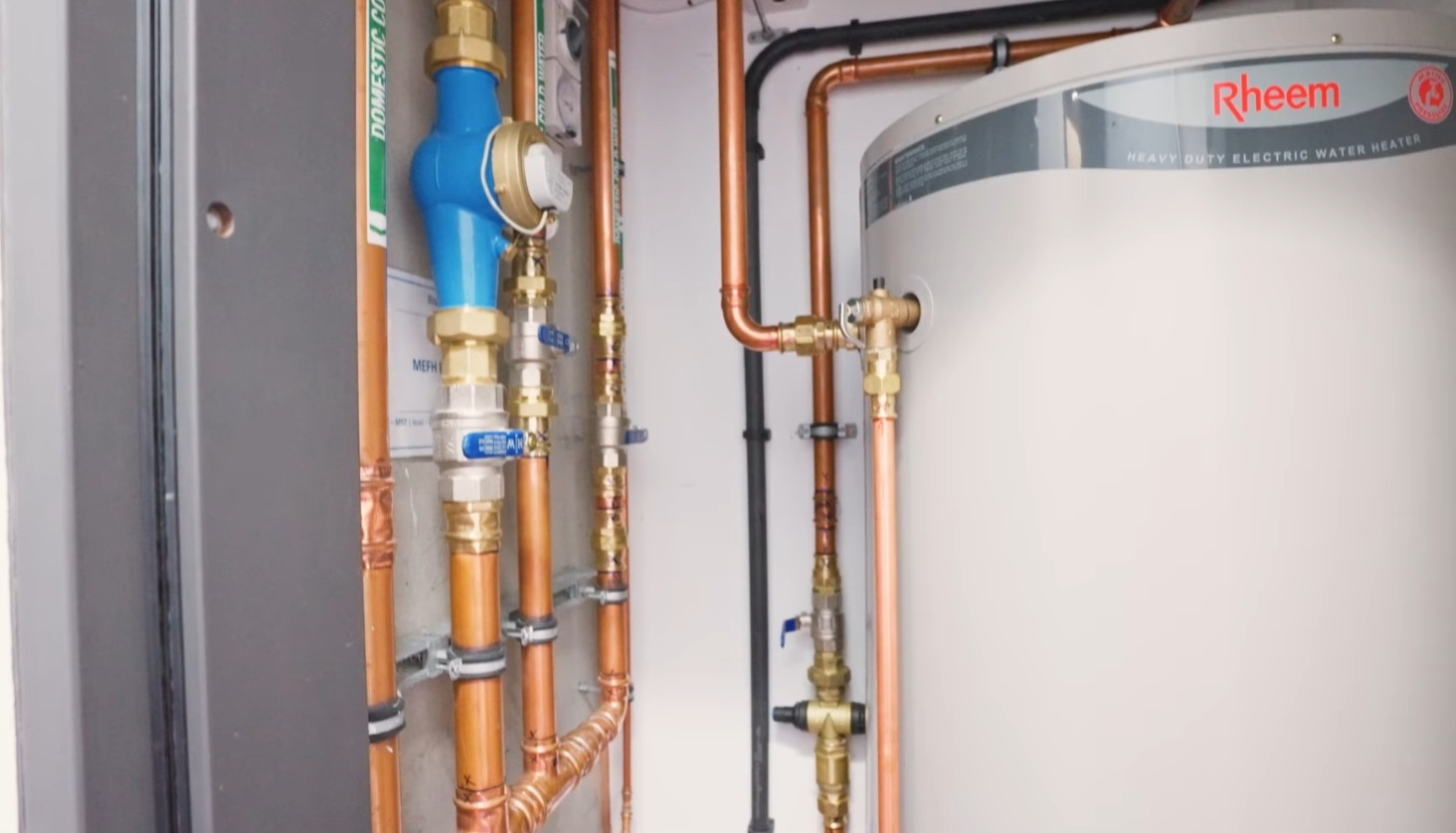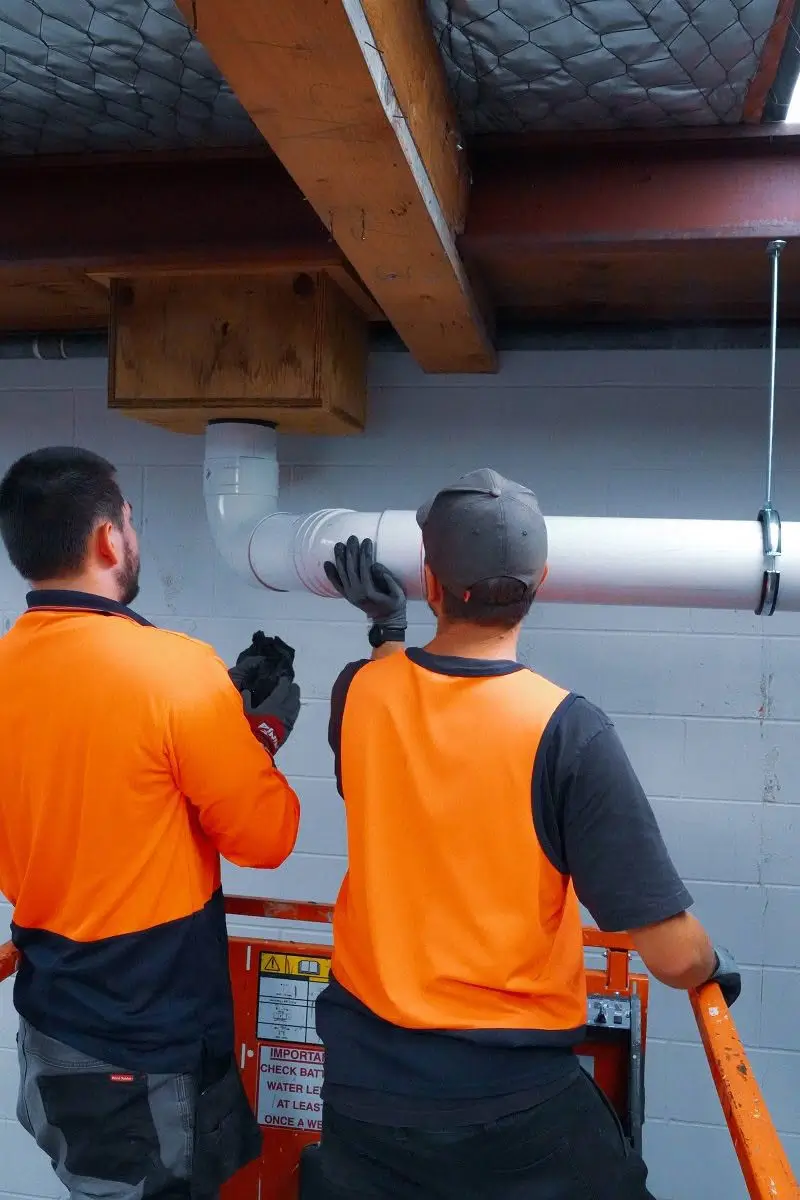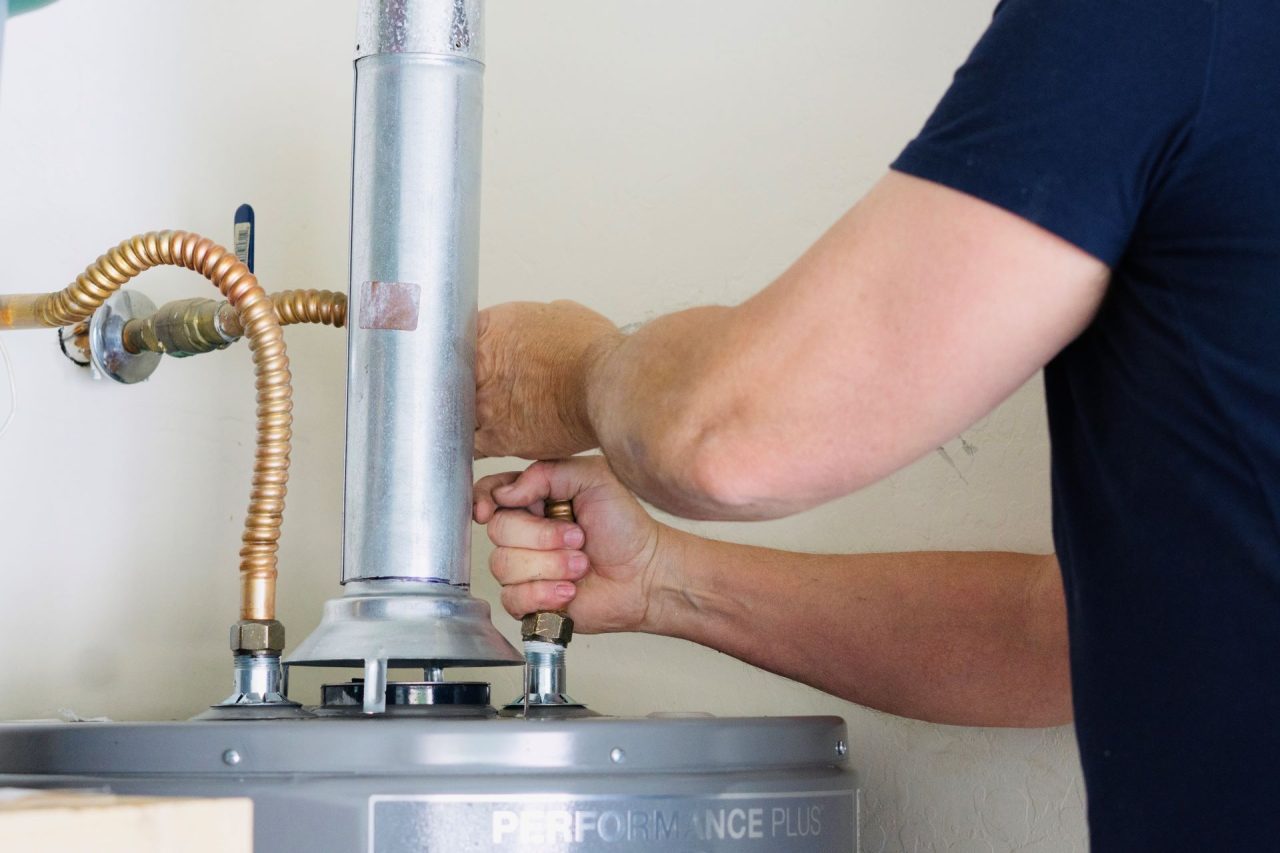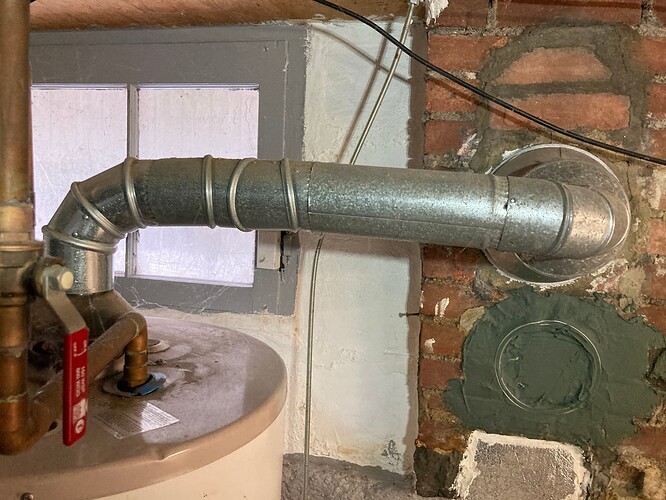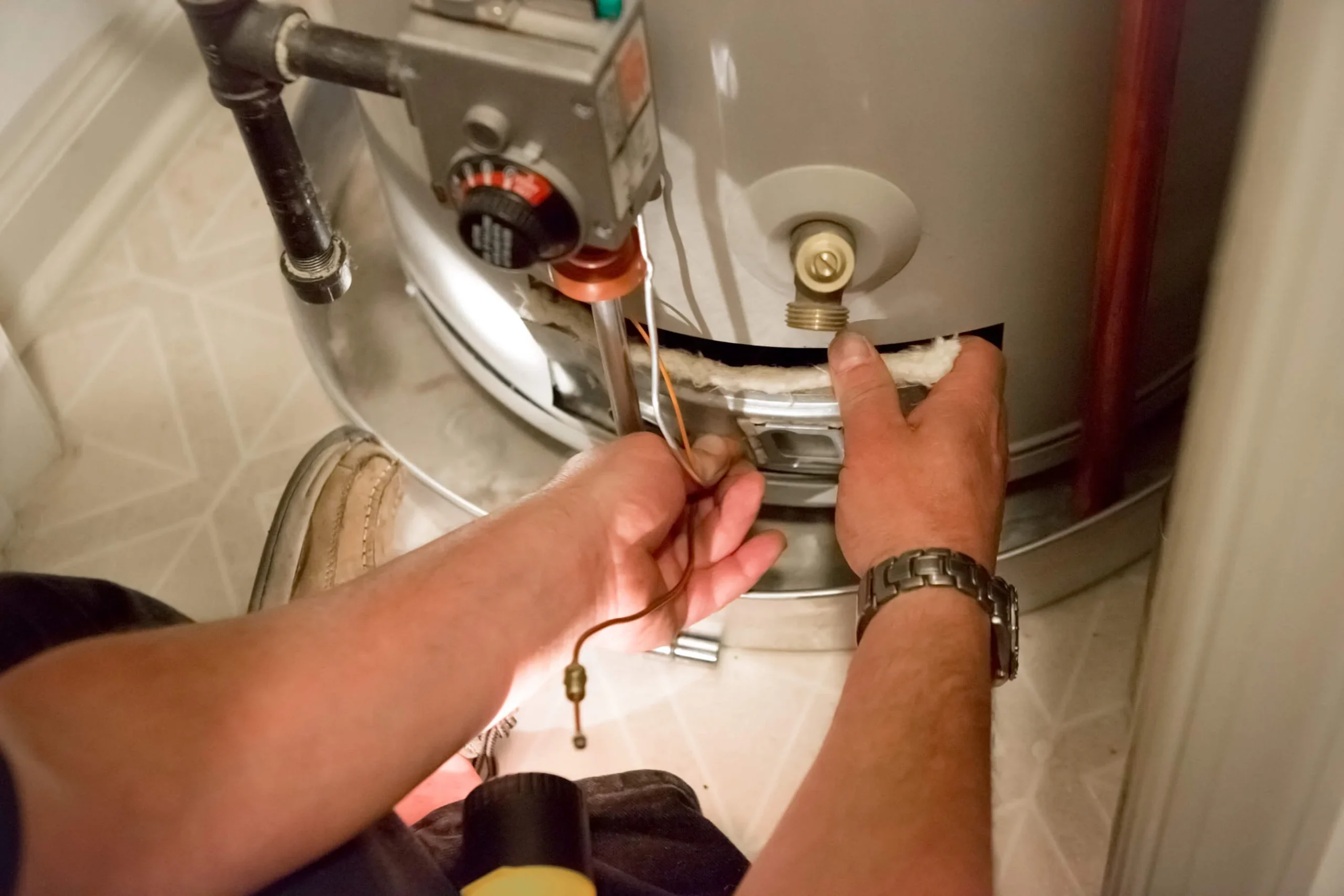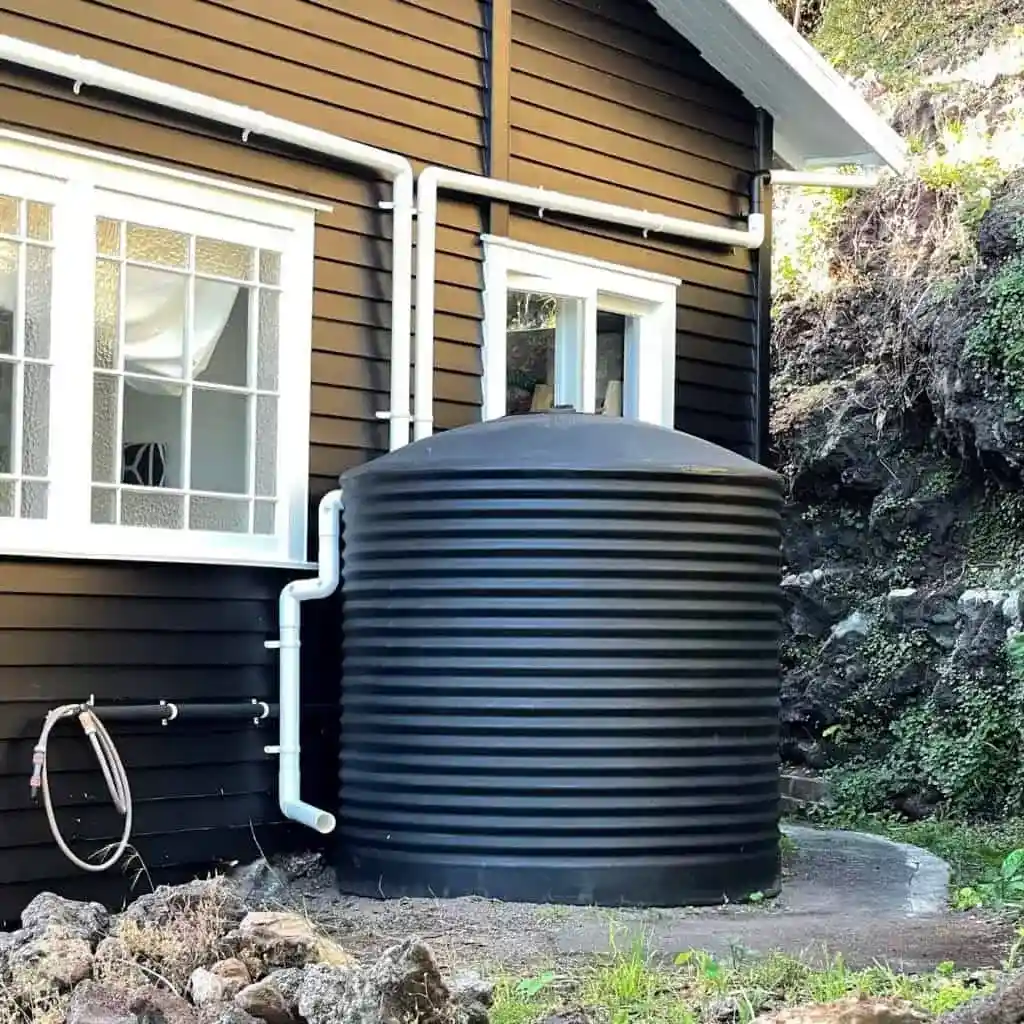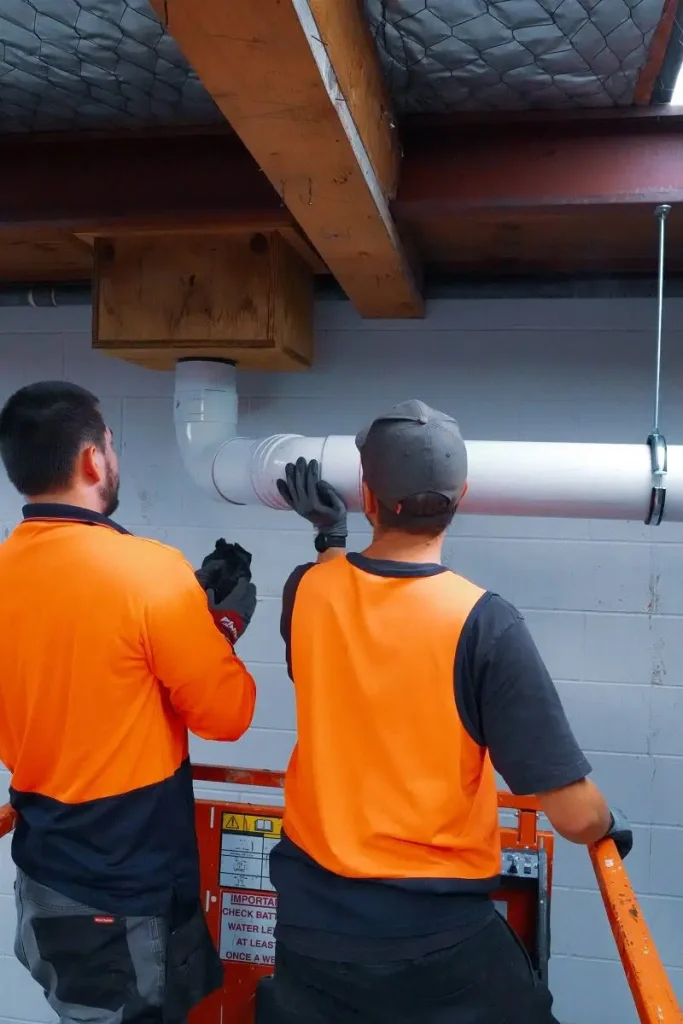If your basement floor drain is clogged, you may notice slow draining water, pooling on the floor, or damp patches where moisture has seeped up. The good news is that many blockages can be cleared at home with a few simple steps.
In Auckland, where basements often face damp conditions, knowing how to deal with clogs quickly can save you from bigger plumbing problems. This guide will show you the common causes, the tools you need, and the steps to unblock your basement floor drain safely.
How to Spot a Basement Floor Drain Clog
Before you begin fixing the problem, look for signs that your basement floor drain is clogged:
- Water backup: Pooling water around the drain or on the floor is a common indicator of a blockage.
- Damp or musty smell: Lingering odours often mean water is trapped in the drain line.
- Gurgling sounds: Bubbling or unusual noises when nearby sinks or toilets drain can point to a clog disrupting airflow.
- Slow drainage: If water drains slowly or remains on the floor, the pipe may be partially blocked.
Recognising these signs early helps you confirm the issue and prevents confusion with other moisture problems that are not related to the drain itself.
Common Causes of Basement Floor Drain Blockages
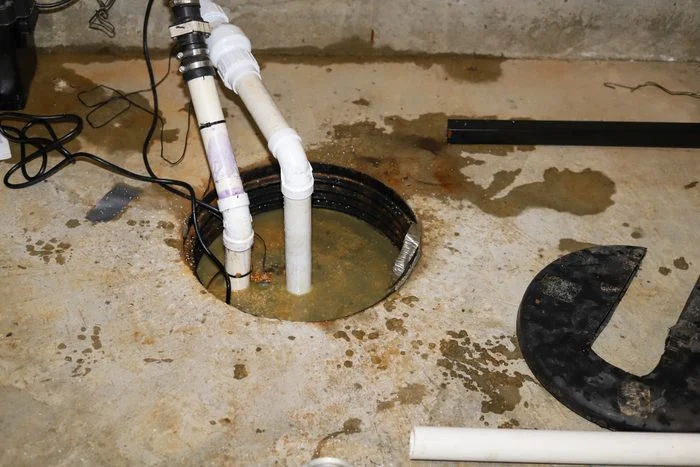
Your basement floor drain collects excess water from the lowest part of your home. Like any other household drain, it can clog over time. The main causes include:
- Dirt and sediment: Ground-level drains often collect dirt, sand, or fine gravel that settles in the pipes.
- Soap and grease buildup: If the drain connects to a laundry or utility sink, detergent and oil residue can coat the pipe walls.
- Tree roots: In older Auckland neighbourhoods, tree roots can grow through cracks in drain lines and cause blockages.
- Foreign objects: Toys, small items, or bits of construction material may find their way into the drain.
- Pipe wear and tear: Older pipes can corrode or collapse partially, restricting water flow.
In many Auckland homes, heavy rain puts extra pressure on basement drains. Combined with local soil conditions, this makes clogs more likely. Being aware of these causes helps you prevent problems before they get worse.
Tools You Need to Unclog a Basement Floor Drain
You do not need specialised equipment to clear most basement drain clogs. A few basic tools are usually enough:
- Plunger: A cup plunger helps dislodge minor blockages.
- Drain auger (snake): A hand-crank or powered auger can reach deeper clogs.
- Protective gear: Use gloves, goggles, and sturdy footwear.
- Bucket and rags: Useful for catching water and cleaning up spills.
For tougher clogs, you can rent a more powerful auger from a local hardware store. Start with the simplest tool before moving on to heavier equipment.
Step-by-Step: How to Fix a Clogged Basement Floor Drain
If your basement floor drain is clogged, follow these steps to restore proper flow. If you encounter major obstructions or suspect pipe damage, contact a qualified plumber in Auckland.
Step 1. Remove surface debris
Start by checking the drain cover. Clean away any visible dirt and wipe away any sludge around the opening:
- Use a screwdriver or flat tool to lift the drain cover.
- Clear away hair, dirt, or any build-up on top.
- Rinse the surface with clean water (a kettle of hot water can help loosen grease).
This simple step might sometimes restore partial flow if the clog is near the top.
Step 2. Try plunging
A plunger helps loosen clogs by creating a pressure-and-release effect:
- Make sure the plunger cup fully covers the drain opening.
- Add a little water to the floor drain area so the plunger has a better seal.
- Plunge in firm, purposeful motions for about 15 to 20 seconds.
- Remove the plunger to see if water drains away.
If the clog remains, repeat a few times. You might notice progress as water begins to trickle out.
Step 3. Use a drain auger
If plunging is not enough, a drain auger (also known as a plumbing snake) can break up deeper blockages:
- Feed the auger cable gently into the drain until you feel resistance.
- Turn the handle or power switch (depending on your auger type) to work the cable through the clog.
- Pull back slightly and push forward again to clear the debris.
- Gradually withdraw the cable, wiping it clean to remove grime.
Test the drain by flushing water through. In many Auckland homes, you will see immediate results if you have successfully snagged the clog.
Step 4. Check related drains
Sometimes a basement floor drain clogged issue connects to other slow drains around your home. If you suspect there are more obstructions in your plumbing lines, you may find these articles helpful:
- Facing a different sink issue? Learn about a slow draining bathroom sink not clogged.
- Wondering how to tackle hidden blockages in a toilet? Check out our guide on how to clean toilet drain pipe.
By checking your entire drainage system, you will make sure no other pipe tangles cause ongoing problems.
Step 5. Disinfect and rinse
After clearing the clog, do a final flush:
- Pour hot water down the drain to wash away leftover debris.
- For extra cleaning, use a mild disinfectant or a homemade solution of vinegar and baking soda.
- Rinse thoroughly with warm water to ensure no residue remains.
This step also freshens any lingering smells. Because basements in Auckland often face dampness, a simple rinse can help keep musty odours at bay.
How to Prevent Your Basement Floor Drain from Clogging
Once your basement floor drain is clear, regular care will help keep it that way. Simple habits can reduce the risk of another blockage:
- Do routine checks: Inspect under the drain cover once a month and remove any buildup.
- Control what goes down: Never pour paint, grease, chemicals, or debris into a basement sink or drain.
- Look after landscaping: Trim nearby trees and inspect for root intrusion each year.
- Flush with hot water: Pour a kettle of hot water down the drain weekly or after heavy use to clear small particles.
These practices improve the long-term health of your plumbing system. But if your basement floor drain becomes clogged again despite maintenance, it may point to a deeper issue.
In that case, it is best to call professional drain unblockers in Auckland, such as Flowpro Plumbers & Gasfitters, who have the right equipment to clear difficult blockages and protect your home from water damage.
Frequently Asked Questions
- Why does my basement smell musty if the drain is not clogged?
A dried-out or damaged drain trap can let sewer gases escape. Pouring water into the drain every few weeks usually stops the smell, but persistent odours may need a plumber to check for cracks. - Can pouring boiling water damage my pipes?
Boiling water is generally safe for most metal and PVC pipes in moderation. On older plumbing, let the water cool slightly before pouring to reduce the risk of damage. - Is DIY augering risky?
DIY augering is safe if done slowly and without force. Pushing too hard can damage pipes, so stop if you feel strong resistance. - What if my basement floor drain clogs keep returning?
Frequent clogs often mean bigger issues such as tree roots, collapsed pipes, or heavy grease buildup. A professional inspection is the best way to identify and fix the cause. - When should I call a pro?
Call a plumber if DIY steps do not clear the clog or if water backs up heavily. Professionals have the right tools to remove tough blockages and check for hidden pipe problems.
Keep Your Basement Drain Flowing!
Clearing a clogged basement floor drain often comes down to quick action: spotting early signs, removing surface debris, and using simple tools like a plunger or auger. Regular checks and maintenance will also help prevent future blockages.
If the problem continues or water keeps backing up, it may be time to call a professional. Flowpro Plumbers & Gasfitters provide reliable drain unblocking services across Auckland to keep your home dry and protected.
Call 0980 249 84 or email plumbing@flowpro.co.nz to book a service today.
